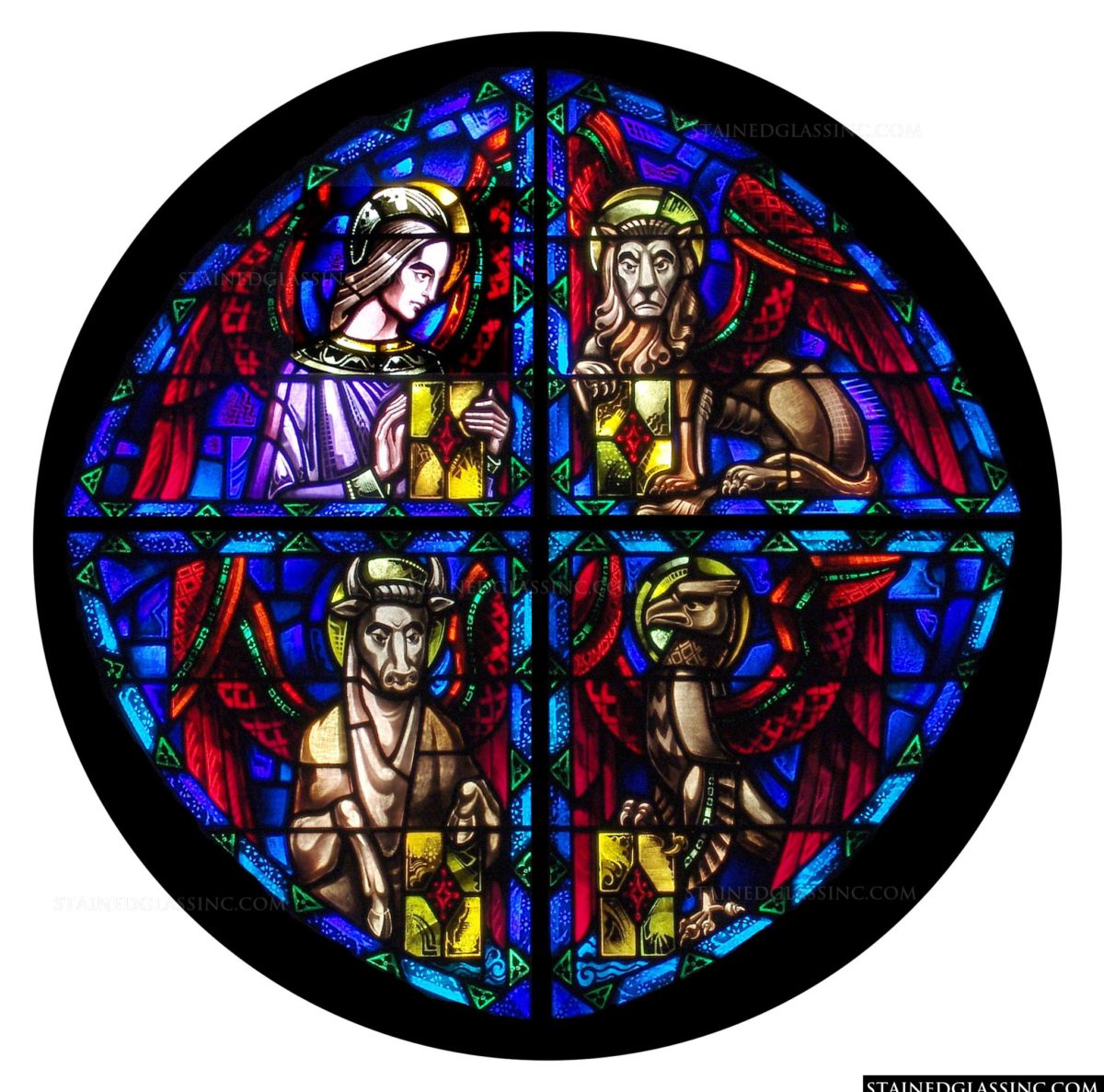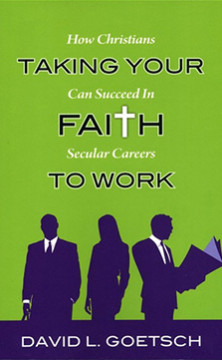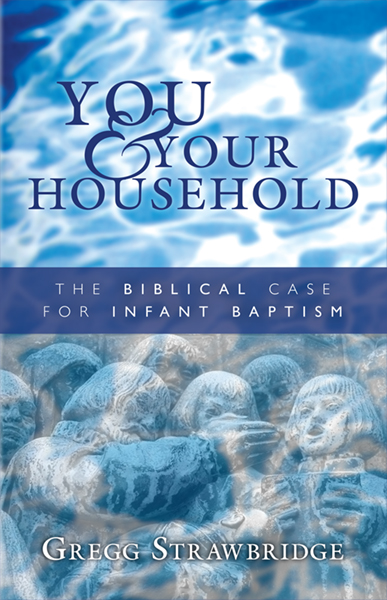Why do we have four Gospels? Wouldn’t it have been a bit more tidy for casual reader and scholar alike if we had one Gospel that would clear up any apparent discrepancies? The Holy Spirit guiding the writers as well as the church obviously didn’t think so. There was a need for four Gospels to give us different perspectives on the life of Christ; all completely consistent with one another so that they can be harmonized historically, but different so as to throw a different light on the Person and work of Christ Jesus.
The early church understood the number four to be Scripturally significant. Irenaeus, second-century bishop of Lyons, summarizes the early church thought about why we have four Gospels:
It is not possible that the Gospels can be either more or fewer in number than they are. For, since there are four zones of the world in which we live, and four principal winds, while the Church is scattered throughout all the world, and the “pillar and ground” of the Church is the Gospel and the spirit of life; it is fitting that she should have four pillars, breathing out immortality on every side, and vivifying men afresh. From which fact, it is evident that the Word, the Artificer of all, He that sitteth upon the cherubim, and contains all things, He who was manifested to men, has given us the Gospel under four aspects, but bound together by one Spirit. As also David says, when entreating His manifestation, “Thou that sittest between the cherubim, shine forth.” For the cherubim, too, were four-faced, and their faces were images of the dispensation of the Son of God. (http://www.ccel.org/ccel/schaff/anf01.ix.iv.xii.html) (From Against Heresies, 3.11)
Irenaeus’s reasoning may seem strange to us, but it is the way, not only the early church fathers thought, but also how the Scriptures themselves teach us to understand.
There are four Gospels because there are four corners of the earth. The gospel of the kingdom revealed in Christ Jesus affects, not just a tiny group of people, but it is a re-creation of the entire world order. There is no point on the compass that will not be transformed by what is happening in the revelation of Jesus Christ.
There are four Gospels because there are four faces to the cherubim: ox, lion, eagle, and man (something not lost in classic Christian architecture in which the evangelists are variously depicted by these figures in stained glass). The cherubim with four faces are revealed to us in Ezekiel 1. They are the throne-chariot of God moving this way and that at right angles. Sitting above and in the midst of these cherubim is the King. The one who “sits” in the midst of the four Gospels is the King, who is nothing less than YHWH himself in the flesh.
These four Gospels are also necessary to reveal how Jesus sums up all of history. The faces of the cherubim also represent the epochs of history culminating in Christ himself. (The book of Daniel shows us how animals represent different epochs in history.) The ox is the Mosaic or priestly period. Oxen or bulls represented priests in their ordination and as an offering when they sinned. Jesus is the fulfillment of the Law given under Moses.
The lion is the kingdom period. Jesus is the great Lion of the tribe of Judah, the king. He is great David’s greater son (cf. 2Sam 7.14). Jesus fulfills the promise of the kingdom. Mark presents Jesus as the new and greater David.
The eagle is the period of the empire-world that was created during the time of the exile, the time of the prophets such as Jeremiah, Daniel, and Ezekiel. This was the time when Judah was living in the empire created by God. This empire started with Babylon and continued through Medo-Persia, Greece, and Rome. God set up the rulers of the empires to protect his people. Cyrus, for example, was God’s anointed, his messiah (cf. Isa 45.1). He sent the Jews back to the land and sponsored the rebuilding of the Temple. Luke is concerned with this period in his two volume work of Luke-Acts. Luke begins in Jerusalem, quickly moves to Rome as the empire in power (cf. Lk 2.1ff.), and concludes Acts with Paul in Rome preaching the gospel freely. Jesus is the rock that is cut out of the mountain without hands that comes to destroy all the old empire-world and set up his kingdom (cf. Daniel 2).
The man period is the time of Christ himself, the revelation of God in the flesh. He is the culmination of human history. Up to this time the angelic creatures have been ruling the world and man has been subordinate. But now is the time for man, Adam, the true Adam, to take up his rightful position over the angels (cf. Heb 1, 2). Christ Jesus is that man.
Jesus is the culmination of all of God’s plan. History finds its fulfillment and apex in him. When our eyes are lifted up to see who is enthroned upon the cherubim, we see Jesus, the Jesus that is revealed to us in the four Gospels.
















Is it helpful to approach the bible by 1) looking for patterns and 2) declaring that the existence of patterns demonstrates perfection and, therefore, that no other alternative were possible?
If there happened to be twelve gospels, for instance, we could easily imagine the same pattern-based approach declaring that there could not have been less than twelve gospels because of the importance of that number.
Is it not enough to demonstrate the helpfulness of having multiple gospels and, while suggesting the *possible* importance of patterns, to be content that the Holy Spirit knows what he is doing, regardless of whether we can see a pattern in or not?
Indeed, isn’t that the whole of life as a Christian – to trust that God knows best when for much of our lives we’re unable to find any patterns which would make sense to our mere human minds?